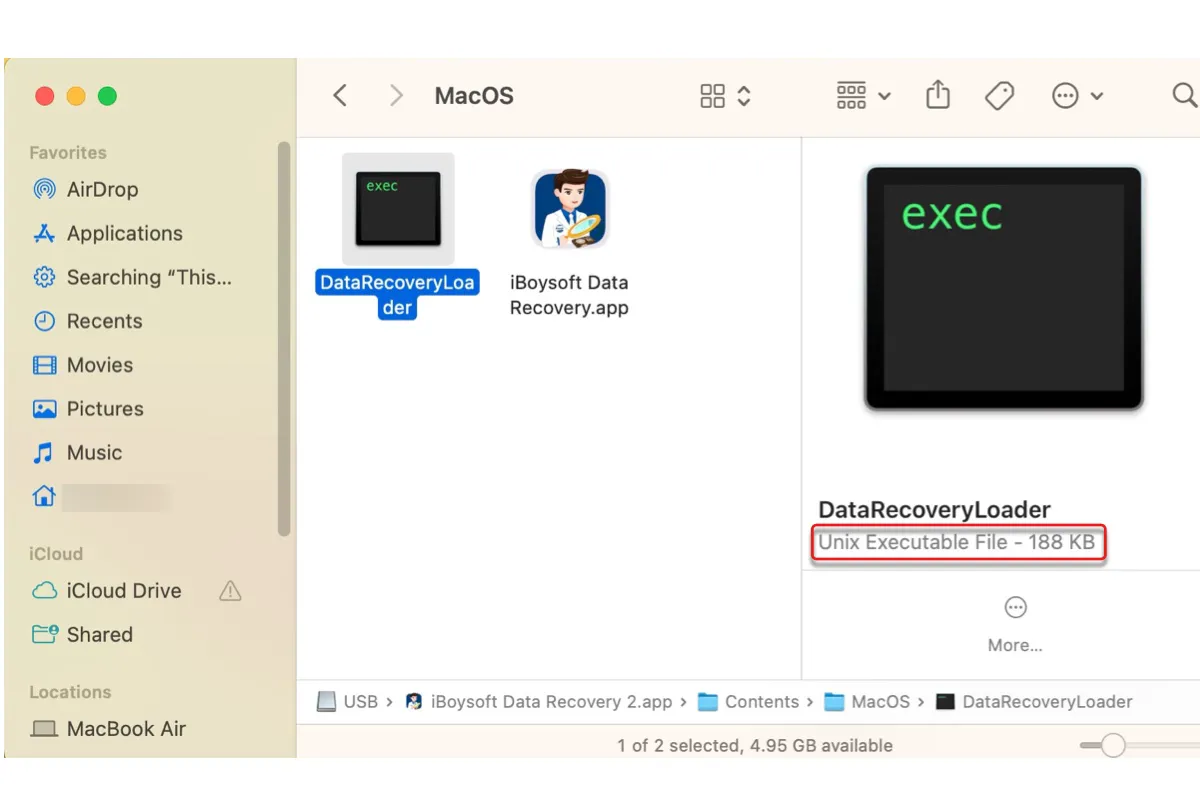
Summary: What is a Unix Executable File on Mac? This article from iBoysoft will explain the basics of Unix Executable Files on Mac and tell you how to open or create a Unix Executable File on Mac.

While browsing files on Mac, you may notice that some file icons are a black square with the word "exec" in green in the top-left corner. Under the Kind category, these files are described as "Unix Executable File." If you're wondering what those Unix Executable Files are and how to open them, keep reading!
Unix Executable Files are files that contain the executable bit in the metadata. macOS doesn't rely on extensions to decide whether one file is executable or not. Instead, it looks at the special bit stored in the file. That being said, any file that has the executable bit will be considered a Unix Executable File, including files of an unknown type.
Usually, a Unix Executable File can be one of the following files:
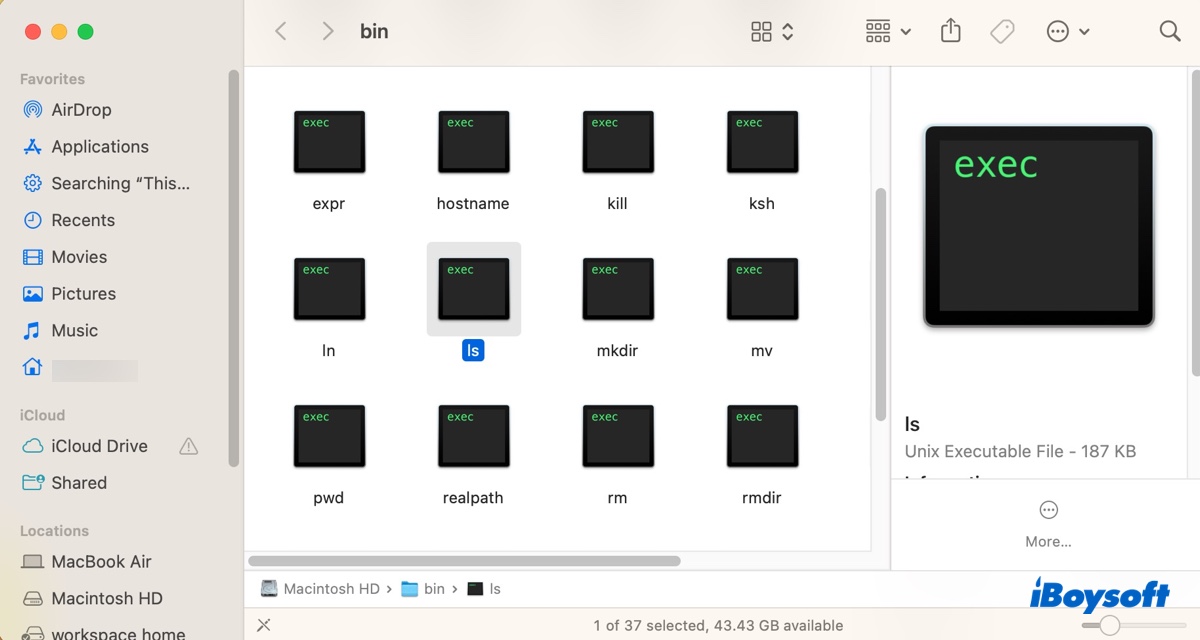
When you double-click these Unix Executable files, they will execute in Terminal and perform their tasks. For instance, the ls command will list all folders and files in your home directory.
② Executable files for applications
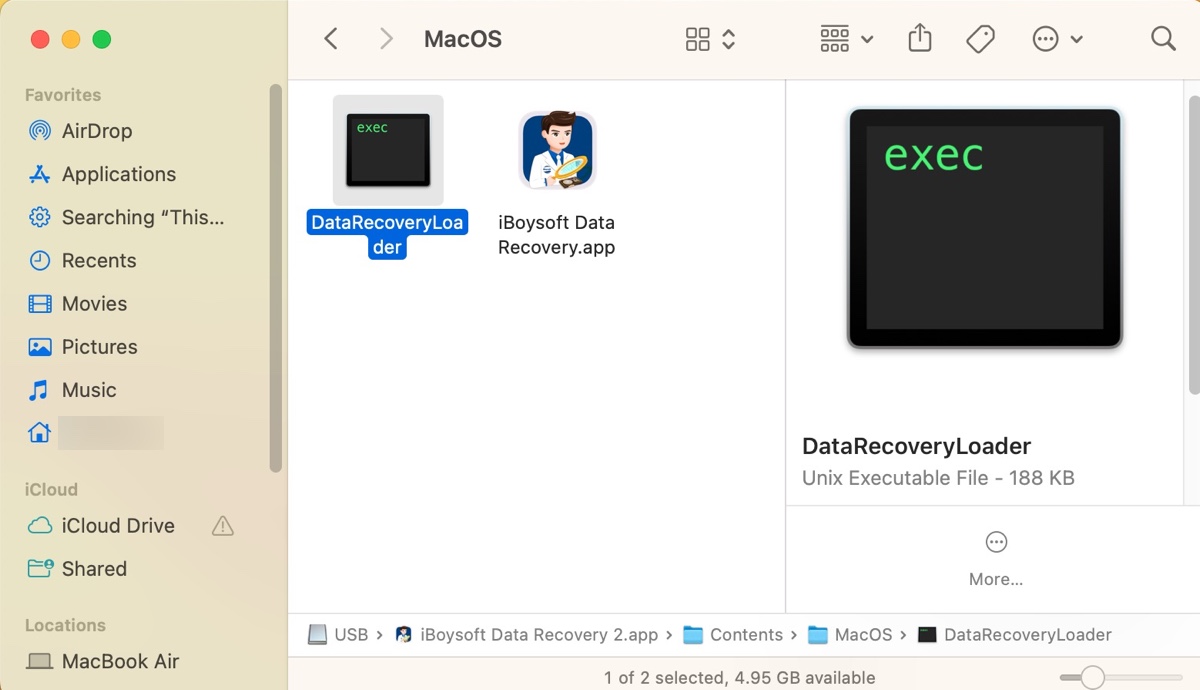
If you right-click an app in Finder and select "Show Package Contents" > Contents, you'll find the app's executable file in the MacOS folder. When you double-click on the Unix Executable file, it will open a Terminal window and launch the application. If the app needs to be updated, it will update it before launching.
③ Unknown file types
Sometimes, certain files or folders may turn into Unix Executable Files on Mac. These may be files created on an old Mac or a Windows computer or corrupted files. Likely, macOS can't recognize these files due to the lack of file extension or the files' resource fork information lost during the transfer.
For example, you may find some old MS Word documents from your 2000 iMac showing up as Unix Executable Files on your new Mac or video files on your external hard drive changed the type to Unix Executable File after updating macOS.
Most files categorized as Unix Executable Files don't have an extension. But the Mach-O (Mach Object) dynamic library files have the .dylib extension.
Share this post if you find it helpful!
Typically, you can open a Unix Executable File on Mac by double-clicking it. However, if the Unix Executable File is not originally an executable, you need to use one of the following ways to open it.
If you know the type of files the Unix Executable Files originally were, you can add the extension to these affected files to open them. For example, if the files you want to open are JPEG images, you can convert the Unix Executable Files to JPEG on Mac by modifying the file name.
How to open Unix Executable Files on MacBook & desktop Mac:
To convert one Unix Executable File on Mac:
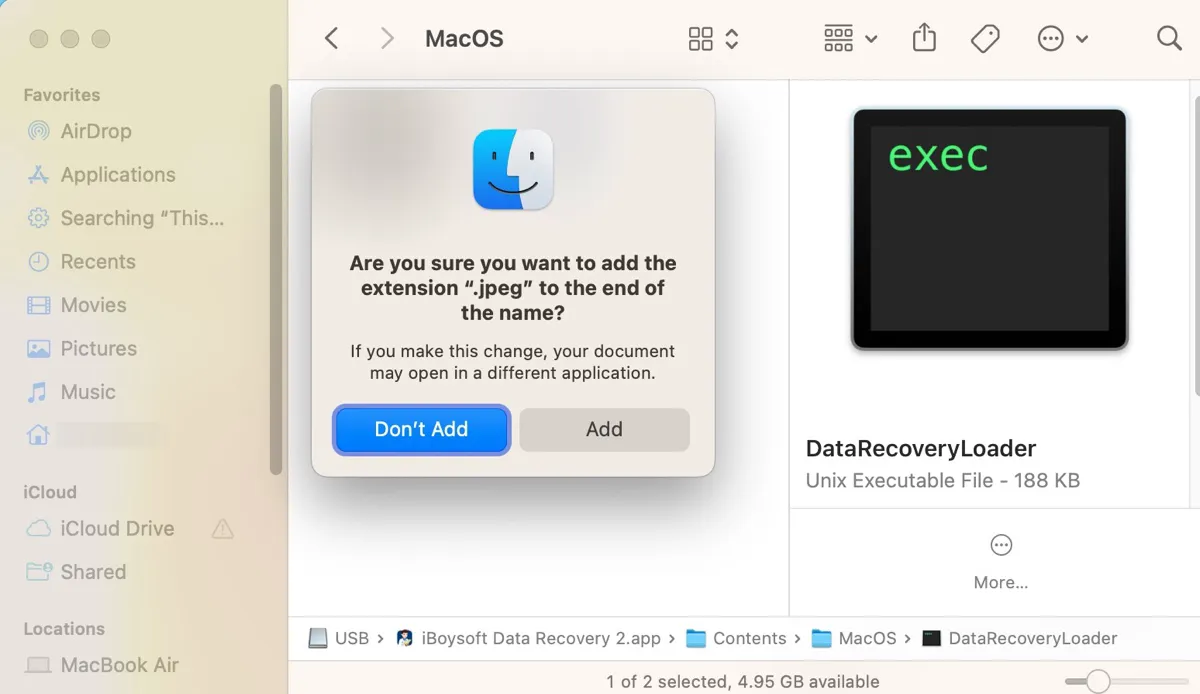
To convert multiple Unix Executable Files on Mac:
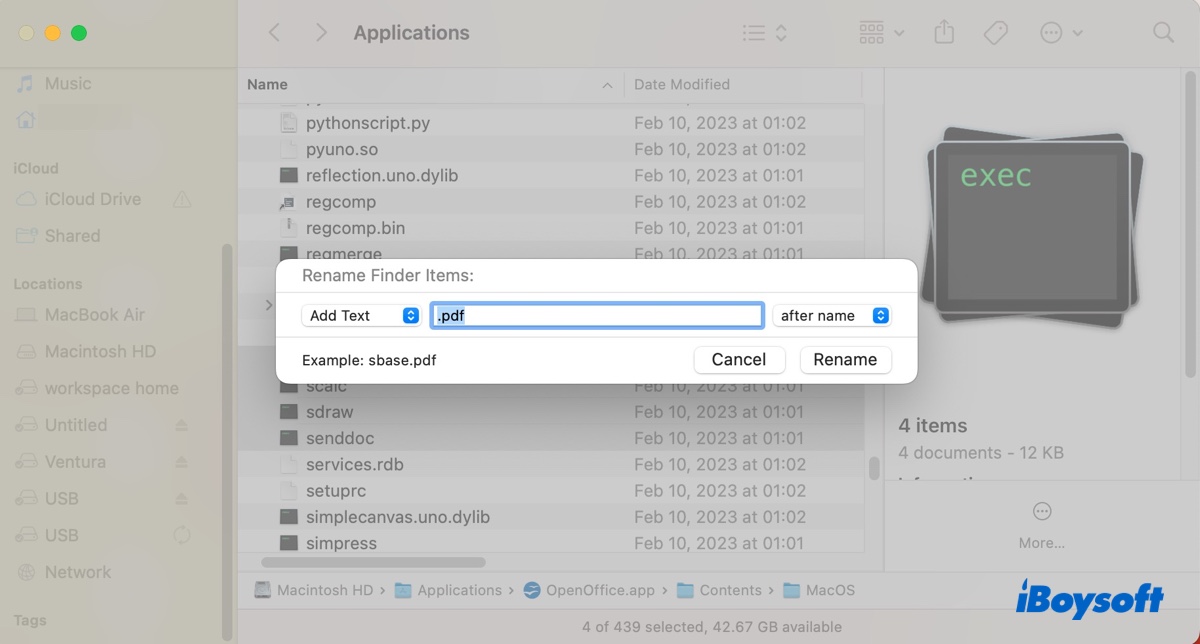
After that, you can open the "Unix Executable File" as usual.
Alternatively, you can also open Unix Executable Files on Mac with installed applications on your Mac if available.
Tips: If the files are converted to Unix Executable Files after transferring from another drive to Mac, you can select those files on their original drive and copy them again to your Mac. Remember to choose Replace when being asked.
Share these solutions to help others whose Mac has changed files' type to Unix Executable File.
Here are the steps to try if you want to create a Unix Executable File on Mac:
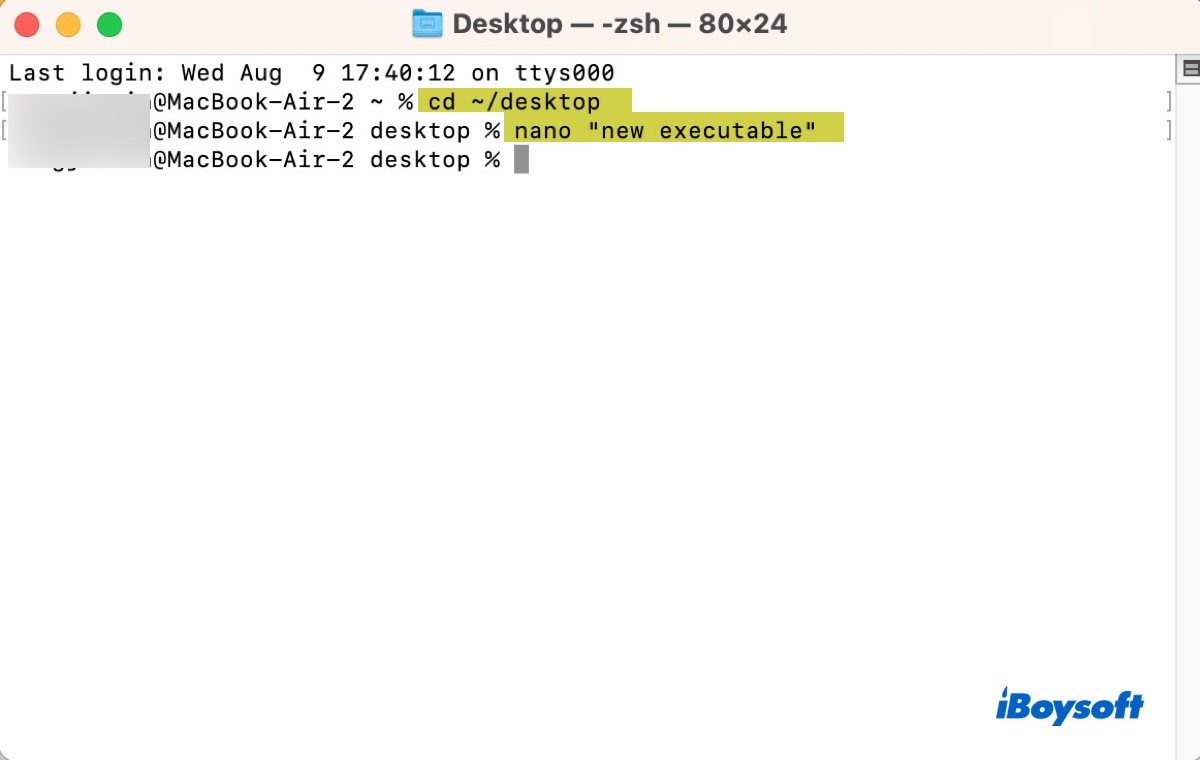
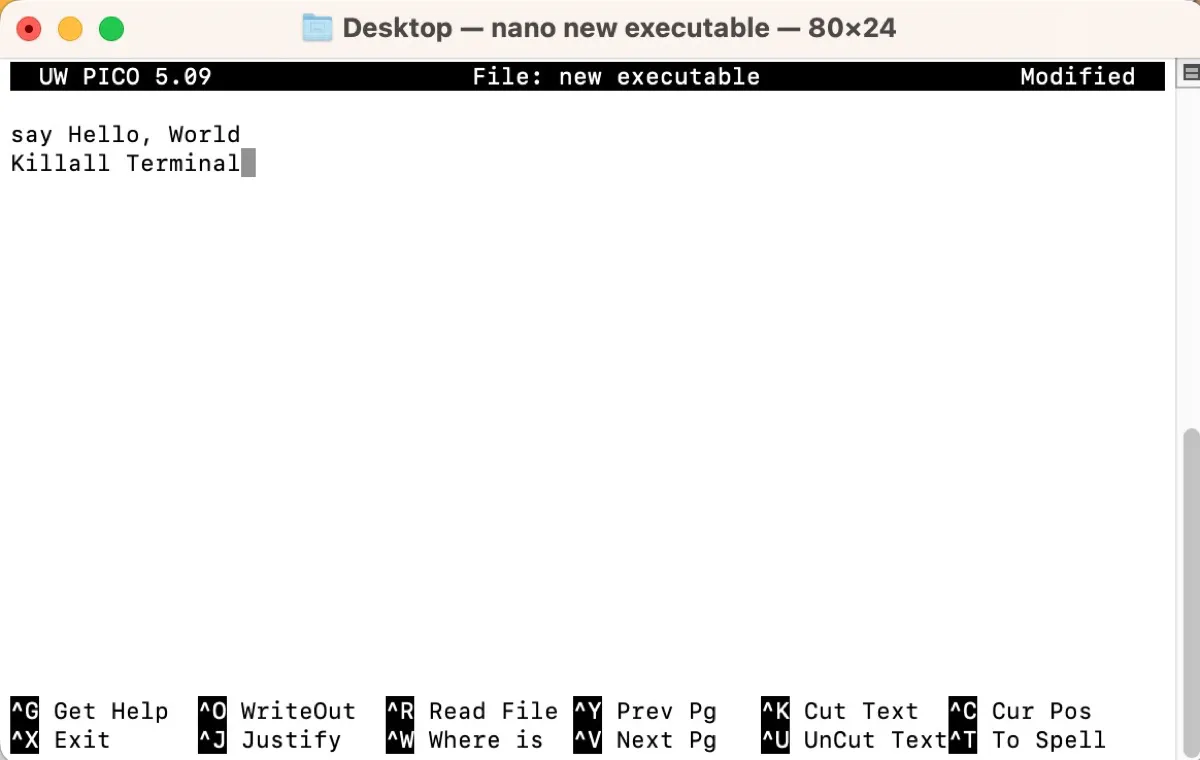
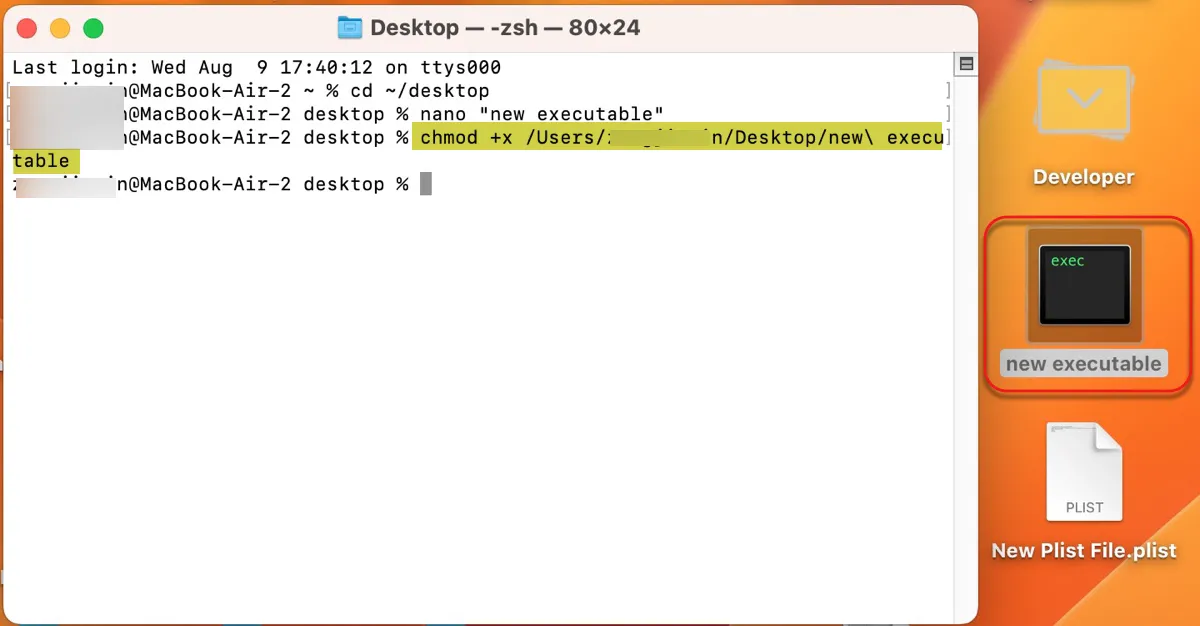
If you like this post, share it with others!
Jenny is a technical writer at iBoysoft, specializing in computer-related knowledge such as macOS, Windows, hard drives, etc. She's also been producing top-notch articles for other famous technical magazines and websites.
Jessica Shee is a senior tech editor at iBoysoft. Throughout her 4 years of experience, Jessica has written many informative and instructional articles in data recovery, data security, and disk management to help a lot of readers secure their important documents and take the best advantage of their devices.